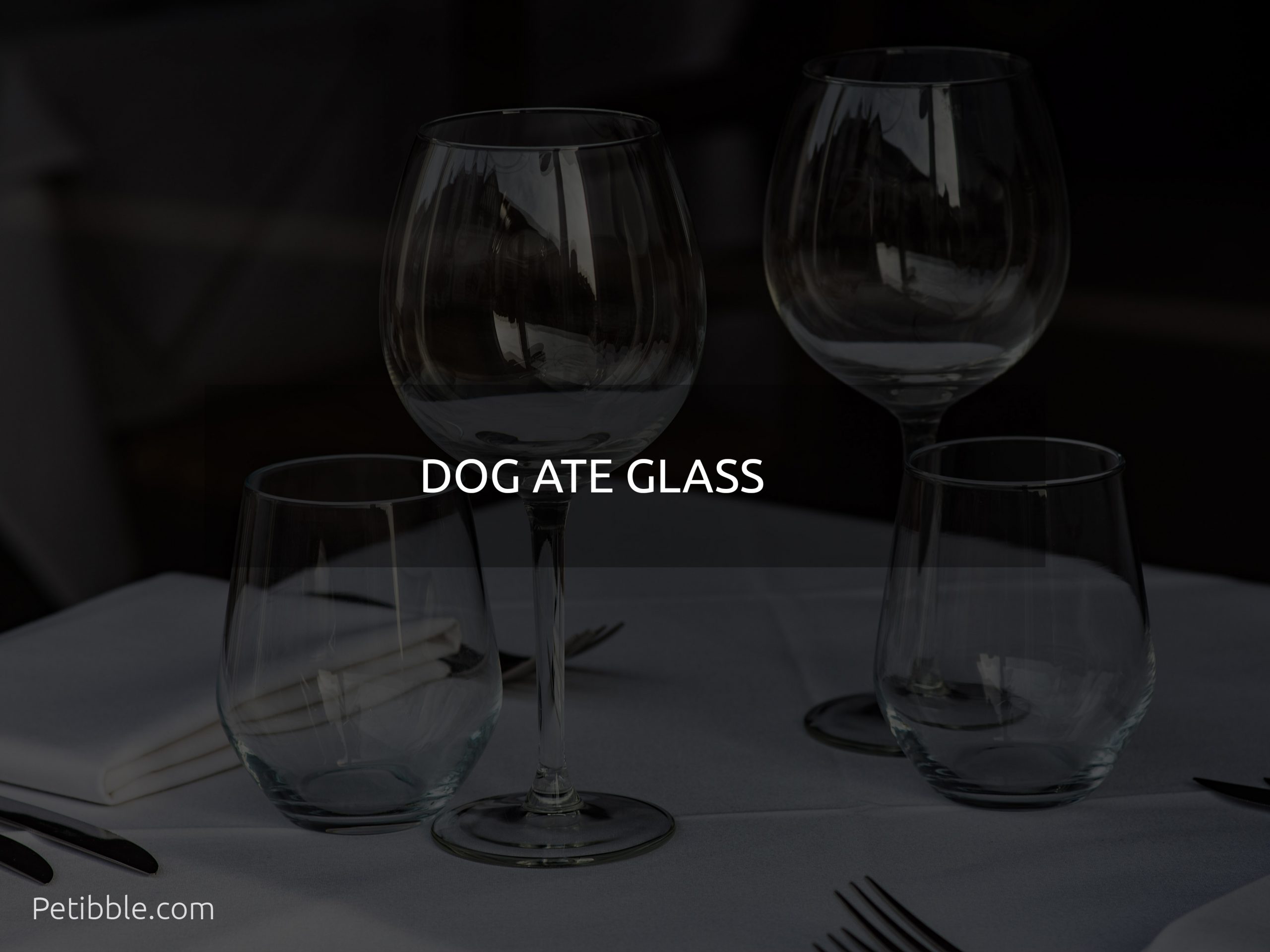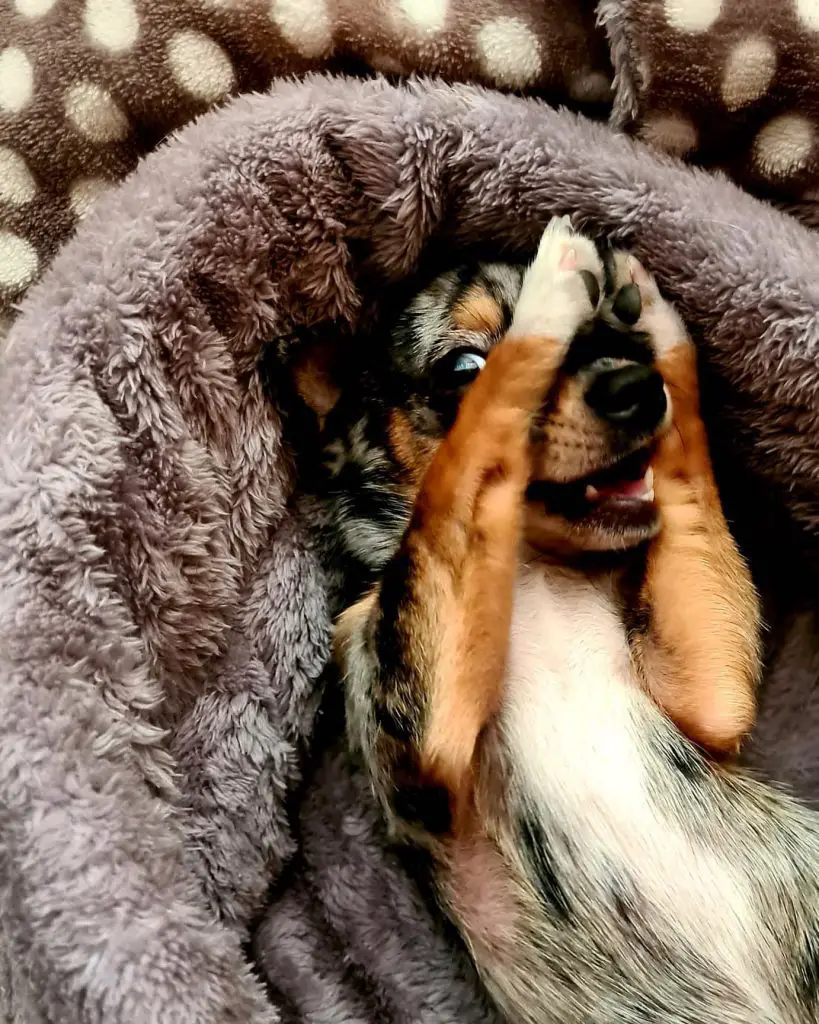As devoted pet owners, it’s our responsibility to ensure the safety and well-being of our furry companions. Unfortunately, accidents can happen, and one potential danger that often goes unnoticed is the ingestion of glass by dogs. In this blog post, we will delve into the reasons why ingesting glass is incredibly hazardous for our canine friends. We will explore the potential injuries that can arise from consuming glass and shed light on the alarming risks of internal bleeding, punctures, and damage to the delicate digestive system.
Understanding the dangers of glass ingestion is crucial in protecting our dogs and taking swift action when faced with such a situation. So, let’s embark on this informative journey to gain insight into the dangers posed by glass and the potential harm it can inflict upon our beloved pets.

Signs and Symptoms
When it comes to the safety of our furry companions, it’s essential to be aware of the potential dangers they may face. One such danger is the ingestion of glass, which can lead to serious health complications for dogs. Recognizing the common signs and symptoms of glass ingestion is crucial for prompt intervention. Additionally, understanding how these symptoms may vary depending on the size and location of the glass pieces swallowed is essential for assessing the severity of the situation. Above all, observing a dog’s behavior and seeking veterinary assistance if any concerns arise is of utmost importance to ensure their well-being.
-
Common signs and symptoms of glass ingestion:
- Vomiting: Dogs may experience frequent episodes of vomiting, particularly if the glass fragments irritate the stomach lining or cause blockages in the digestive tract.
- Abdominal pain: Dogs may exhibit signs of discomfort or pain in the abdominal region, such as restlessness, pacing, or a hunched posture.
- Loss of appetite: Ingesting glass can lead to a decreased appetite or a complete refusal to eat.
- Excessive drooling: Dogs may drool excessively due to irritation or inflammation caused by the presence of glass fragments in their mouth, throat, or gastrointestinal tract.
- Lethargy and weakness: Dogs may appear lethargic, lacking energy, or displaying weakness as a result of the discomfort and internal issues caused by glass ingestion.
- Presence of blood: The presence of blood in the vomit or stool may indicate internal injuries caused by glass fragments.
- Difficulty breathing or swallowing: Depending on the location of the glass pieces, dogs may experience difficulties with breathing or swallowing, suggesting potential blockages or damage.

-
Variation in symptoms based on size and location of glass pieces:
- Size of glass pieces: The size of the ingested glass fragments can impact the severity of symptoms. Larger pieces are more likely to cause significant damage, while smaller fragments may pass through the digestive system without immediate complications.
- Location of glass pieces: The location where the glass pieces become lodged within the dog’s body can influence the exhibited symptoms. For example, if the glass remains in the stomach, the dog may experience more pronounced vomiting and abdominal discomfort. If the glass moves into the intestines, symptoms may include changes in bowel movements, such as diarrhea or constipation.
-
Importance of observing behavior and seeking veterinary assistance:
- Observing behavior: Paying close attention to changes in a dog’s behavior is essential for identifying potential signs of glass ingestion. Any unusual vomiting, abdominal discomfort, or other mentioned symptoms should be closely monitored.
- Seeking veterinary assistance: If there are any concerns or suspicions of glass ingestion, it is crucial to seek veterinary assistance promptly. Veterinarians can conduct a thorough examination, perform diagnostic tests such as X-rays or ultrasounds, and provide appropriate treatment based on the severity of the situation. Timely intervention can help prevent further complications and support the dog’s recovery.

What to Do If You Suspect a Dog Has Ingested Glass:
Discovering that your dog may have ingested glass can be a distressing situation. It’s crucial to handle it with care and take immediate action to ensure the safety and well-being of your furry companion. Here are step-by-step instructions on what to do if you suspect your dog has ingested glass, emphasizing the importance of contacting a veterinarian, providing comfort, and avoiding DIY remedies.
-
Stay calm and assess the situation:
- It’s natural to feel anxious, but it’s important to remain calm. Your dog can sense your emotions, so maintaining a composed demeanor will help create a sense of security for both you and your pet.
- Assess the situation and gather any information you have, such as witnessing the dog chewing on or breaking glass objects.
-
Do not induce vomiting:
- Unlike some other instances of foreign object ingestion, inducing vomiting is not recommended when a dog has potentially ingested glass. Vomiting may further irritate or damage the throat or gastrointestinal tract, leading to more harm.
-
Contact a veterinarian immediately:
- Reach out to your veterinarian as soon as possible and inform them about your concerns regarding glass ingestion. Explain the situation and provide any relevant details to help them assess the urgency of the situation.
It is important to adhere closely to the directions given by the veterinarian for your dog. They will give individualized advice based on factors such as breed, size, and any existing symptoms. Taking these instructions seriously can help ensure your dog is getting proper care.

-
Observe and ensure comfort:
- Keep a close eye on your dog’s behavior and monitor any changes in their condition. Look out for signs of distress, discomfort, or worsening symptoms.
- Provide a calm and quiet environment for your dog, free from any additional stressors or potential hazards. Offer a comfortable resting area and ensure they have access to fresh water.
-
Avoid DIY remedies and seek professional guidance:
- It’s crucial to resist the temptation to administer home remedies or attempt DIY treatments without professional guidance. Many DIY remedies can do more harm than good and may delay appropriate veterinary care.
- Trust the expertise of your veterinarian. They have the knowledge and experience to assess the situation accurately and provide the necessary treatment.
Veterinary Care and Treatment:
When a dog ingests glass, it’s essential to seek immediate veterinary care to assess the situation and determine the appropriate course of action. Veterinarians have various procedures and treatments at their disposal to address glass ingestion in dogs. These typically involve diagnostic tests to evaluate the extent of the glass ingestion and a range of treatment options based on the severity of the situation. Let’s explore these procedures and treatments in more detail:
-
Diagnostic tests:
X-rays: X-rays are often employed to identify and evaluate the nature of glass fragments in a canine’s digestive system. By utilizing this imaging technology, practitioners can determine the size, shape, and location of glass particles for effective diagnosis and treatment planning.
Ultrasound: In certain cases, veterinarians may use ultrasound to complement X-rays or assess specific areas of concern. Ultrasound can help identify any potential blockages, internal injuries, or signs of inflammation caused by glass ingestion.

Treatment options:
- Surgery: If the X-rays or ultrasound reveal a significant amount of glass or if there are indications of severe internal injuries, surgical intervention may be necessary. Surgery allows veterinarians to remove glass fragments directly from the stomach, intestines, or other affected areas. It is typically reserved for cases where the dog’s health is at risk and non-invasive methods are not feasible.
- Endoscopy: In less severe cases, endoscopy may be employed. This procedure involves the insertion of a flexible tube with a camera (endoscope) into the dog’s digestive tract. Through the endoscope, veterinarians can visualize the gastrointestinal tract and remove or extract glass fragments using specialized instruments. Endoscopy is a minimally invasive approach that can be beneficial if the glass is reachable and the dog’s condition allows for it.
- Supportive care: In cases where the glass fragments are small, smooth, and likely to pass through the dog’s digestive system without causing immediate harm, veterinarians may recommend supportive care. This involves closely monitoring the dog’s condition, providing supportive measures such as fluids, medications to soothe the gastrointestinal tract, and a carefully managed diet to facilitate the passage of the glass fragments.
You may like: seresto collar not working
The specific treatment approach will depend on various factors, including the size and location of the glass fragments, the dog’s overall health, and the severity of the symptoms. It is essential to follow the veterinarian’s recommendations closely and provide any requested information to ensure the best possible care for your dog.
Conclusion:
In conclusion, it is crucial to recognize the risks associated with dogs ingesting glass and take immediate action to protect their health and well-being. Throughout this discussion, we have highlighted the potential dangers of glass ingestion, including internal bleeding, punctures, and damage to the digestive system. These risks underscore the importance of seeking veterinary care without delay if you suspect your dog has ingested glass.
We have emphasized the significance of recognizing common signs and symptoms that may indicate glass ingestion and how they can vary depending on the size and location of the glass pieces swallowed. By observing your dog’s behavior closely and being attentive to any concerns, you can play a vital role in identifying potential issues and seeking timely veterinary assistance.
Moreover, we have stressed the value of preventive measures to ensure the safety of our canine companions. This includes keeping glass objects out of their reach, using pet-proof containers, and providing appropriate supervision and training. By taking proactive steps to prevent dogs from accessing glass, we can significantly reduce the risks and potential harm associated with glass ingestion.




